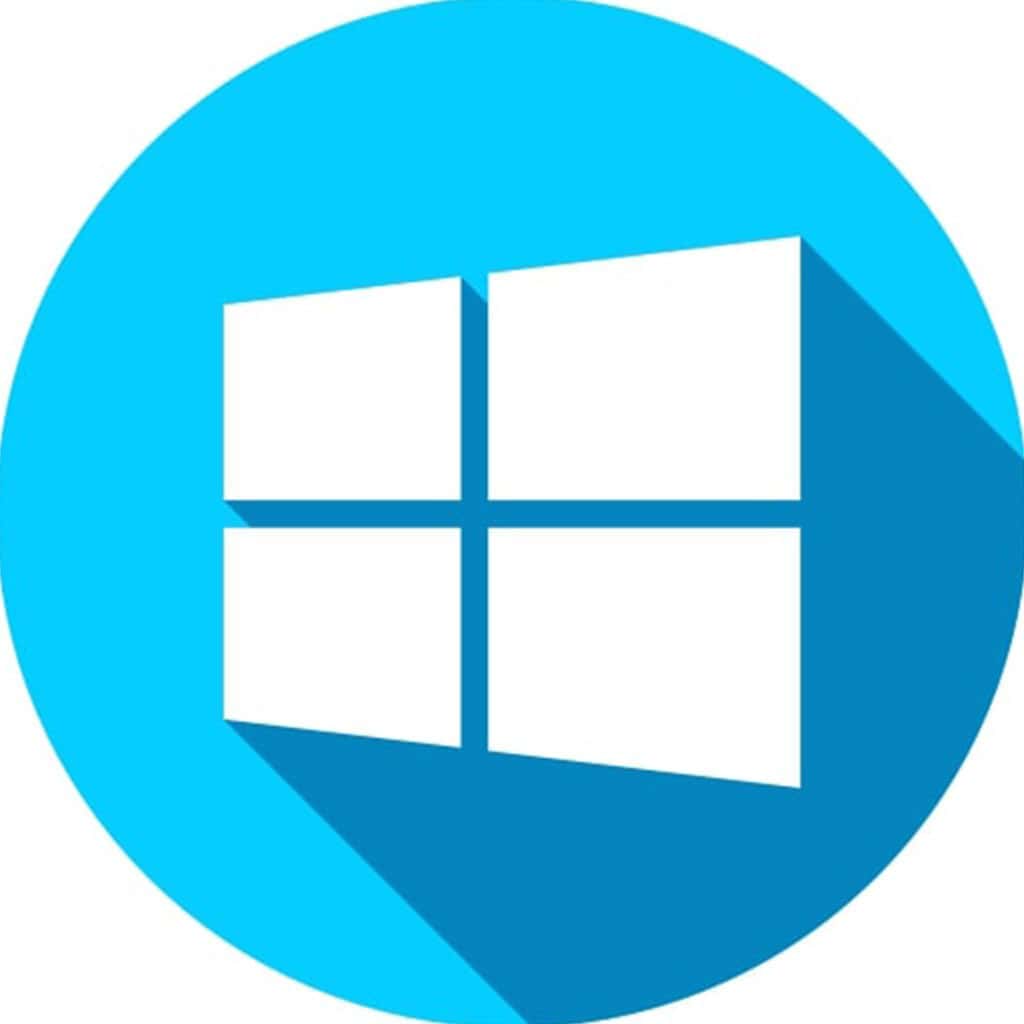Task Manager is a powerful tool in Windows 11 that allows you to view and manage all running programs and processes on your system. It can be used to monitor the performance of your PC, diagnose issues, and terminate programs that are not responding. In this tutorial, we’ll explain how to open Task Manager in Windows 11.
What to Know
The Windows Task Manager, first introduced in Windows 95, is a powerful tool that helps users to manage their system resources, monitor running processes and applications, and terminate unwanted tasks. Opening the Task Manager can be useful for diagnosing issues with your computer or finding out if certain programs are misbehaving. Accessing the Task Manager can be done by using a shortcut on the desktop, searching for it using start menu search, entering “taskmgr.exe” in the Run dialog box or Command Prompt window, or from File Explorer address bar.
With Task Manager you can view Windows services and processes as well as CPU usage in real time and access advanced features such as setting priority levels and memory allocations. In addition to eliminating troublesome software issues that may occur with your system you can also use it to look at resource utilization of hardware devices like disk usage, network throughputs and active ports currently open on your computer. With this invaluable tool you will be able to keep track of how your machine is performing so you can act swiftly when something doesn’t seem right!
Access the Task Manager through the taskbar
The Task Manager is a useful tool that allows users to see what is happening in the system, both in real time and over the course of performance. By opening it from the taskbar, users can quickly access information regarding currently running tasks, such as how much processor or RAM each one is using up, or how much network it is utilizing. The Task Manager also has history charts for memory, processor operating temperature among others that can provide a reasonable overview of what tasks have recently been running on the system.
Task Manager can also be used to track down problems with processes or programs which may not be functioning properly. It provides information on various processes and applications so users can identify any rogue software or malware related issues; it will list services that are installed and running on the computer along with startup programs that are enabled when Windows starts up. This makes it easier to troubleshoot any hardware problems or slowdowns as well as other suspicious activities. In addition, users can also use this program to adjust their startup programs or even shut down certain applications.
Use shortcuts to open the Task Manager
Task Manager is a valuable tool for managing active programs and processes on your computer. For Windows 11 users, the most straightforward method to access Task Manager is by using keyboard shortcuts.
The primary shortcut for accessing Task Manager is Ctrl+Shift+Esc. This combination opens the window directly without any further action necessary. Another useful way to access the Task Manager is via the Power User Menu activated with the Windows key+X combination. Once this menu is opened, simply pressing T will open up the Task Manager window. In addition to these functions, Task Manager can be used to identify running programs and processes, manage startup applications and adjust performance related settings on your computer. As such, it makes sense to become familiar with its usage and different methods of access available in Windows 11.
To access the Task Manager, use the Run command
The Run command for Task Manager is a great way to open and manage the Task Manager quickly and efficiently. By entering “taskmgr” in the Run box, you will immediately open Windows’ Task Manager, giving you the ability to view which processes are running on your system, as well as display information such as CPU usage and memory usage.
Task Manager can also be used to set priorities for processes that are running on your system, making it easy for you to manage resource utilization of your system. Additionally, if you have an application or process that is unresponsive or causing trouble, you can terminate it directly from the task manager without any need to reboot or end the process with a 3rd-party application. So if you ever find yourself needing quick access to control resources or terminate troublesome applications, using the “taskmgr” run command is no doubt one of the best methods available.
One way to access Task Manager is through File Explorer
Task Manager is an essential Windows program that helps keep an eye on system performance and processes. It is a great tool to be able to monitor what applications and features are using up your computer’s resources as well as troubleshoot any errors that might occur. Accessing Task Manager can be done through the Windows 11 taskbar, though you may also open it from File Explorer.
In order to open Task Manager from File Explorer, first select File Explorer in the Windows 11 taskbar. From there, select the address bar at the top of the window and type “taskmgr” before pressing enter. This will open up Task Manager for you, giving you access to all of its advanced functions and options for keeping an eye on performance and troubleshooting any errors that might arise. It’s just one more way to keep your computer running smoothly and safely with minimal effort required.
Using search bar
To access Task Manager on Windows 11, you can utilize the search bar for a simplified process. By pressing the Windows Key+S or selecting Search (the magnifying glass icon) in the taskbar, users are immediately directed to a search bar where they can enter “Task Manager”. Once selected from the list of results, users will be shown the app window which displays all processes currently running on their machine as well as any services installed. This makes it easy for users to identify which processes are taking up too much disk space or memory and end them if necessary.
If the Search icon is not visible, it can be added to the taskbar by accessing Taskbar settings, right-clicking on it, and turning on the Search toggle. This will ensure that you can quickly and conveniently access your Task Manager whenever needed with just a few clicks. With this method of access, managing and controlling tasks in Windows 11 has never been simpler or more efficient.



